Plant Power: Tasty Alternatives to Meat That Will Amaze You
The shift towards plant-based diets has been gaining momentum, driven by growing awareness of health benefits, environmental concerns, and ethical considerations. Plant-based proteins have become an integral part of this movement, offering delicious and nutritious alternatives to meat. This article delves into the world of plant-based proteins, exploring their benefits, sources, and culinary versatility.
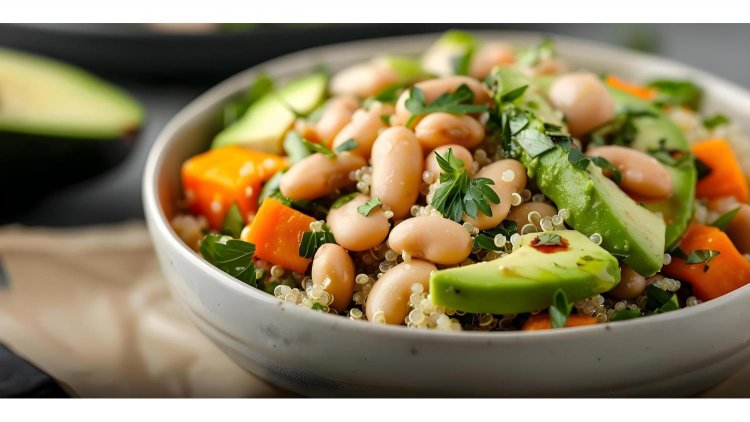
The Rise of Plant-Based Proteins
As people become more conscious of their dietary choices, plant-based proteins have emerged as a popular alternative to traditional meat. This trend is not just a passing fad; it is rooted in substantial benefits for personal health, the environment, and animal welfare. With an increasing variety of plant-based protein sources available, it is easier than ever to enjoy a nutritious and satisfying diet without relying on meat.
Health Benefits
Plant-based proteins offer a myriad of health benefits. They are generally lower in saturated fat and cholesterol than animal proteins, which can help reduce the risk of heart disease. Additionally, plant-based diets are rich in fiber, vitamins, and antioxidants, promoting overall health and well-being. Studies have shown that individuals who consume more plant-based foods have a lower risk of chronic diseases such as diabetes, hypertension, and certain cancers.
Environmental Impact
The environmental benefits of plant-based proteins are significant. Animal agriculture is a major contributor to greenhouse gas emissions, deforestation, and water pollution. By choosing plant-based proteins, individuals can reduce their carbon footprint and contribute to a more sustainable food system. Producing plant-based proteins generally requires fewer resources, including land, water, and energy, compared to raising livestock.
Ethical Considerations
For many, the ethical implications of consuming animal products are a driving force behind the shift to plant-based diets. Concerns about animal welfare and the conditions in which animals are raised for food have led people to seek alternatives. Plant-based proteins provide a cruelty-free option that aligns with ethical values.
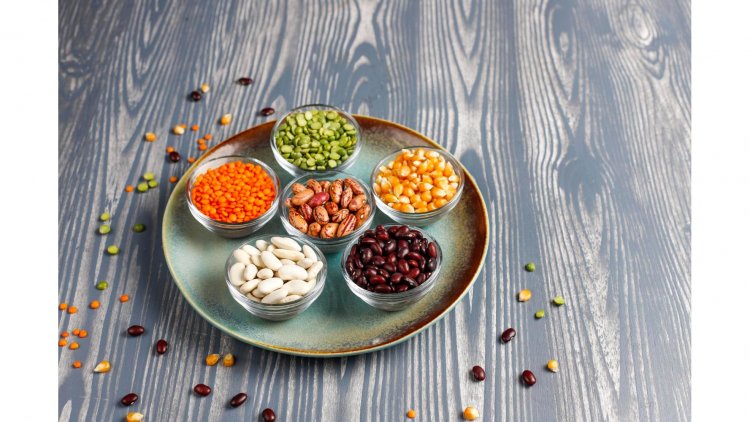
Top Plant-Based Protein Sources
A wide variety of plant-based protein sources are available, each with its unique nutritional profile and culinary applications. Here are some of the most popular and nutritious options:
Legumes
Legumes, including beans, lentils, and chickpeas, are excellent sources of plant-based protein. They are also rich in fiber, iron, and other essential nutrients. Legumes are incredibly versatile and can be used in soups, stews, salads, and more.
Beans
Beans, such as black beans, kidney beans, and pinto beans, are protein powerhouses. A single cup of cooked beans can provide up to 15 grams of protein. They are also high in fiber, which aids in digestion and helps maintain stable blood sugar levels.
Lentils
Lentils are another fantastic source of protein, offering around 18 grams per cup when cooked. They come in various colors, including green, red, and brown, each with its distinct flavor and texture. Lentils cook quickly and can be used in a variety of dishes, from hearty soups to flavorful curries.
Chickpeas
Chickpeas, also known as garbanzo beans, provide about 14.5 grams of protein per cup. They are a key ingredient in hummus, but they can also be roasted for a crunchy snack or added to salads and stews.
Soy Products
Soy products are among the most well-known plant-based proteins, widely used in vegetarian and vegan diets. They are complete proteins, meaning they contain all nine essential amino acids that the body cannot produce on its own.
Tofu
Tofu, or bean curd, is made from soy milk and is a staple in many plant-based diets. It is incredibly versatile, with a neutral flavor that absorbs the tastes of the ingredients it is cooked with. Tofu can be grilled, stir-fried, baked, or blended into smoothies and desserts. A half-cup serving of tofu contains about 10 grams of protein.
Tempeh
Tempeh is a fermented soy product that has a firm texture and a nutty flavor. It is higher in protein than tofu, providing around 15 grams per half-cup serving. The fermentation process also enhances the digestibility of tempeh and adds beneficial probiotics. Tempeh can be marinated and grilled, crumbled into tacos, or sliced and added to sandwiches.
Edamame
Edamame are young, green soybeans that are often served as a snack or appetizer. A cup of edamame provides about 17 grams of protein. They are also high in fiber, iron, and calcium. Edamame can be steamed, boiled, or added to salads and stir-fries.
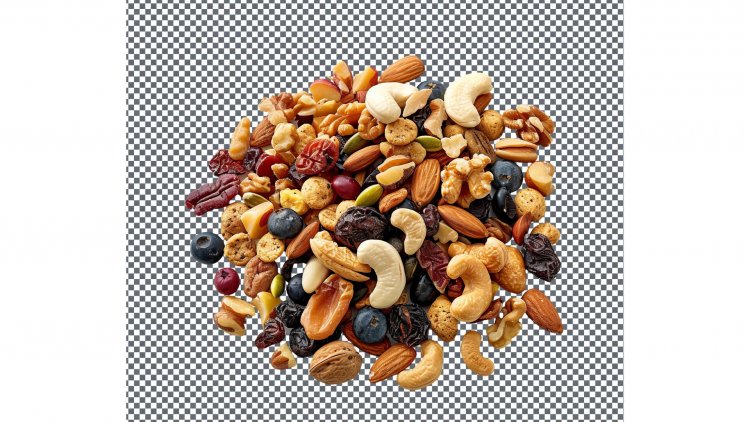
Nuts and Seeds
Nuts and seeds are not only rich in protein but also packed with healthy fats, vitamins, and minerals. They can be eaten on their own as a snack or used as ingredients in various dishes.
Almonds
Almonds are a popular nut that provides approximately 6 grams of protein per ounce (about 23 almonds). They are also high in vitamin E, magnesium, and healthy fats. Almonds can be enjoyed raw, roasted, or used to make almond butter and almond milk.
Chia Seeds
Chia seeds are tiny but mighty, offering around 4 grams of protein per two tablespoons. They are also a great source of omega-3 fatty acids, fiber, and antioxidants. Chia seeds can be sprinkled on yogurt, added to smoothies, or used to make chia pudding.
Pumpkin Seeds
Pumpkin seeds, or pepitas, provide about 7 grams of protein per ounce. They are also rich in iron, zinc, and magnesium. Pumpkin seeds can be eaten raw, roasted, or added to salads and granola.
Hemp Seeds
Hemp seeds are another excellent source of plant-based protein, with about 10 grams per three tablespoons. They are also high in omega-3 and omega-6 fatty acids. Hemp seeds have a mild, nutty flavor and can be added to smoothies, oatmeal, or salads.
Whole Grains
Whole grains are often overlooked as sources of protein, but they can contribute significantly to a plant-based diet. They are also rich in fiber, vitamins, and minerals.
Quinoa
Quinoa is a unique whole grain because it is a complete protein, providing all nine essential amino acids. One cup of cooked quinoa contains about 8 grams of protein. It has a fluffy texture and a mild, nutty flavor, making it a versatile ingredient in salads, bowls, and side dishes.
Amaranth
Amaranth is another ancient grain that is high in protein, offering around 9 grams per cup when cooked. It is also rich in fiber, iron, and calcium. Amaranth can be used in porridges, soups, and baked goods.
Farro
Farro is a type of ancient wheat that provides about 7 grams of protein per cup when cooked. It has a chewy texture and a nutty flavor, making it a great addition to salads and grain bowls.
More Plant-Based Protein Sources
Continuing our exploration of plant-based proteins, let's look at some additional sources that can be seamlessly incorporated into your diet. These sources not only provide ample protein but also offer a variety of textures and flavors to keep your meals exciting and nutritious.
Seitan
Seitan, also known as wheat gluten, is a popular meat substitute for its chewy texture and high protein content. A 3-ounce serving of seitan contains around 21 grams of protein, making it one of the highest-protein plant-based foods available. Seitan can be used in a variety of dishes, from stir-fries to sandwiches, and can easily take on the flavors of the ingredients it is cooked with.
Spirulina
Spirulina is a blue-green algae that is incredibly nutrient-dense. A single tablespoon of spirulina powder contains about 4 grams of protein, along with a host of vitamins, minerals, and antioxidants. It has a slightly earthy taste and can be added to smoothies, juices, or energy bars.
Nutritional Yeast
Nutritional yeast is a deactivated yeast that is rich in protein and B vitamins. Two tablespoons of nutritional yeast provide around 8 grams of protein. It has a cheesy, nutty flavor, making it a popular ingredient in vegan cheese sauces, dressings, and sprinkled over popcorn.
Peas
Peas, including green peas and split peas, are excellent sources of protein. One cup of cooked green peas contains about 8 grams of protein, while split peas offer around 16 grams per cup. Peas can be used in soups, stews, salads, and as a side dish.
Incorporating Plant-Based Proteins into Your Diet
Transitioning to a plant-based diet does not mean sacrificing flavor or variety. Here are some tips on how to incorporate these protein-rich foods into your meals:
Breakfast
Start your day with a protein-packed breakfast. Smoothies made with almond milk, spinach, chia seeds, and spirulina are a great option. You can also enjoy a bowl of quinoa porridge topped with nuts and seeds or tofu scramble with vegetables.
Lunch
For lunch, consider salads loaded with beans, lentils, and a variety of vegetables. A quinoa salad with chickpeas, tomatoes, cucumbers, and a lemon-tahini dressing is both delicious and filling. Wraps and sandwiches with hummus, avocado, and fresh greens are also excellent choices.
Dinner
Dinner can be just as protein-rich and satisfying. Try stir-fries with tofu or tempeh, mixed with a colorful array of vegetables and served over brown rice or noodles. Lentil-based soups and stews are hearty and nutritious, perfect for cooler evenings. You can also experiment with seitan in tacos, fajitas, or as a meat substitute in your favorite recipes.
Snacks
Keep your energy levels up with protein-packed snacks. Almonds, pumpkin seeds, and edamame are convenient options. You can also make homemade protein bars with nuts, seeds, and a bit of spirulina or nutritional yeast for added nutrients.
Delicious Recipes to Try
Here are a few recipes to get you started on your plant-based protein journey:
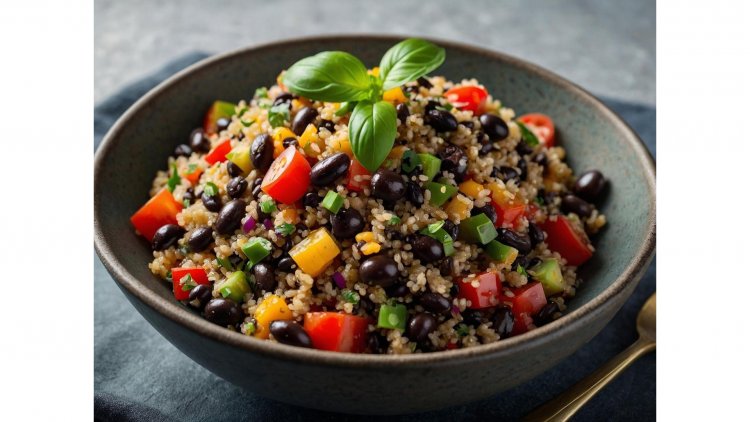
Quinoa and Black Bean Salad
Ingredients:
- 1 cup cooked quinoa
- 1 can black beans, rinsed and drained
- 1 red bell pepper, diced
- 1 cup cherry tomatoes, halved
- 1 avocado, diced
- 1/4 cup chopped cilantro
- Juice of 2 limes
- Salt and pepper to taste
Instructions:
- In a large bowl, combine quinoa, black beans, bell pepper, cherry tomatoes, and avocado.
- Add chopped cilantro and lime juice, then season with salt and pepper.
- Toss everything together until well combined. Serve chilled or at room temperature.
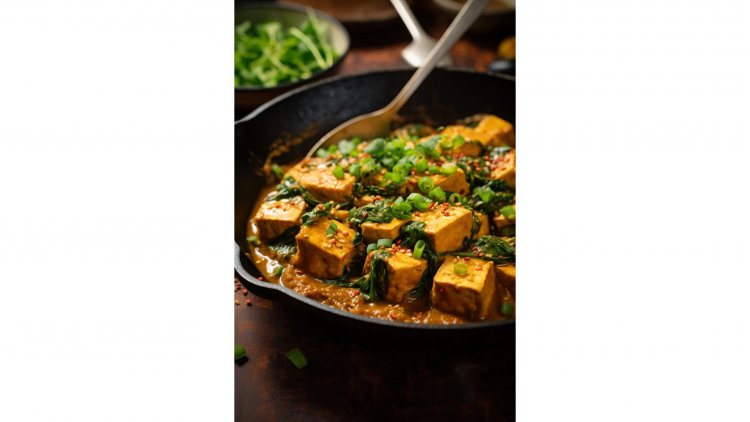
Tofu Stir-Fry
Ingredients:
- 1 block firm tofu, drained and cubed
- 2 cups broccoli florets
- 1 red bell pepper, sliced
- 1 carrot, julienned
- 2 tablespoons soy sauce
- 1 tablespoon sesame oil
- 1 tablespoon grated ginger
- 2 cloves garlic, minced
- Cooked brown rice, for serving
Instructions:
- In a large skillet or wok, heat sesame oil over medium-high heat.
- Add tofu cubes and cook until golden brown on all sides. Remove from skillet and set aside.
- In the same skillet, add ginger and garlic, cooking until fragrant.
- Add broccoli, bell pepper, and carrot, stir-frying until tender-crisp.
- Return tofu to the skillet and add soy sauce, stirring to combine.
- Serve over cooked brown rice.
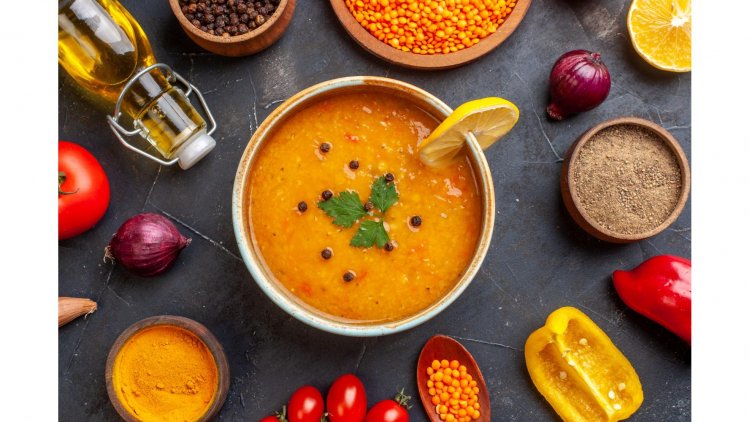
Lentil Soup
Ingredients:
- 1 cup dried lentils, rinsed
- 1 onion, diced
- 2 carrots, diced
- 2 celery stalks, diced
- 3 cloves garlic, minced
- 1 can diced tomatoes
- 4 cups vegetable broth
- 1 teaspoon cumin
- 1 teaspoon paprika
- Salt and pepper to taste
Instructions:
- In a large pot, sauté onion, carrots, celery, and garlic until vegetables are soft.
- Add lentils, diced tomatoes, vegetable broth, cumin, and paprika.
- Bring to a boil, then reduce heat and simmer for 30 minutes, or until lentils are tender.
- Season with salt and pepper, and serve hot.
Switching to plant-based proteins offers numerous benefits for your health, the environment, and animal welfare. With a wide variety of sources available, from legumes and soy products to nuts, seeds, and whole grains, incorporating these protein-rich foods into your diet can be both delicious and satisfying. Whether you are looking to reduce your meat consumption or fully embrace a plant-based lifestyle, these alternatives provide ample nutrition and culinary delight.
What's Your Reaction?





















